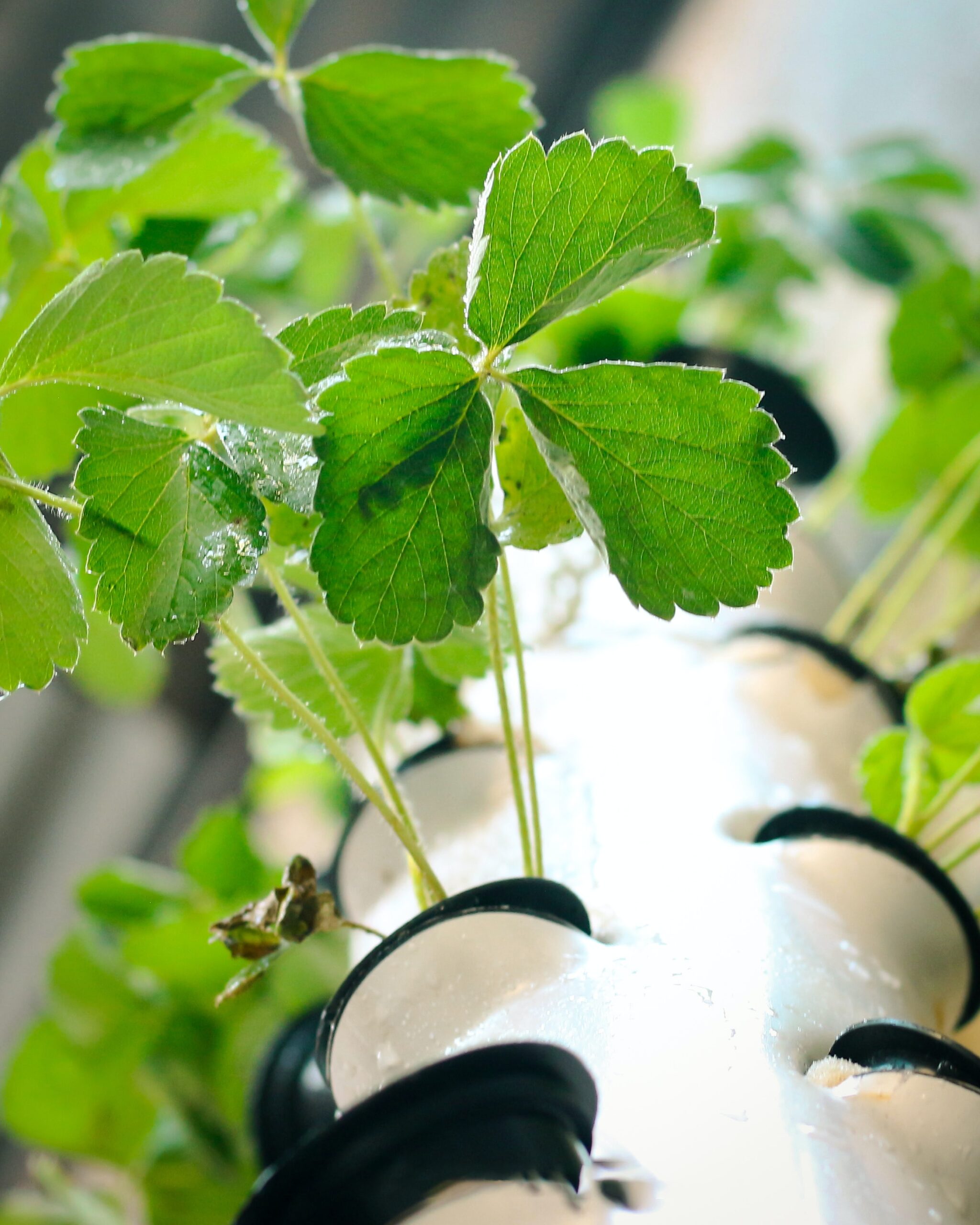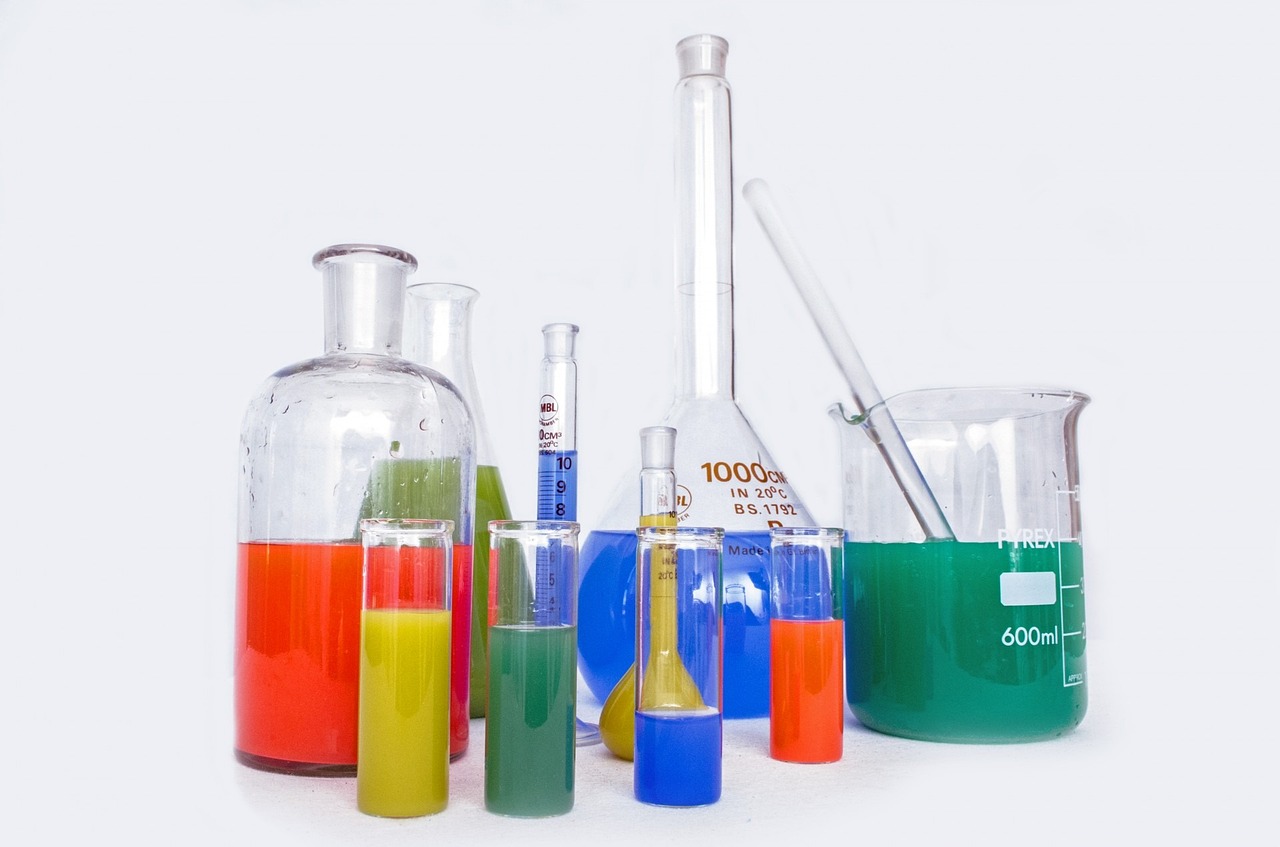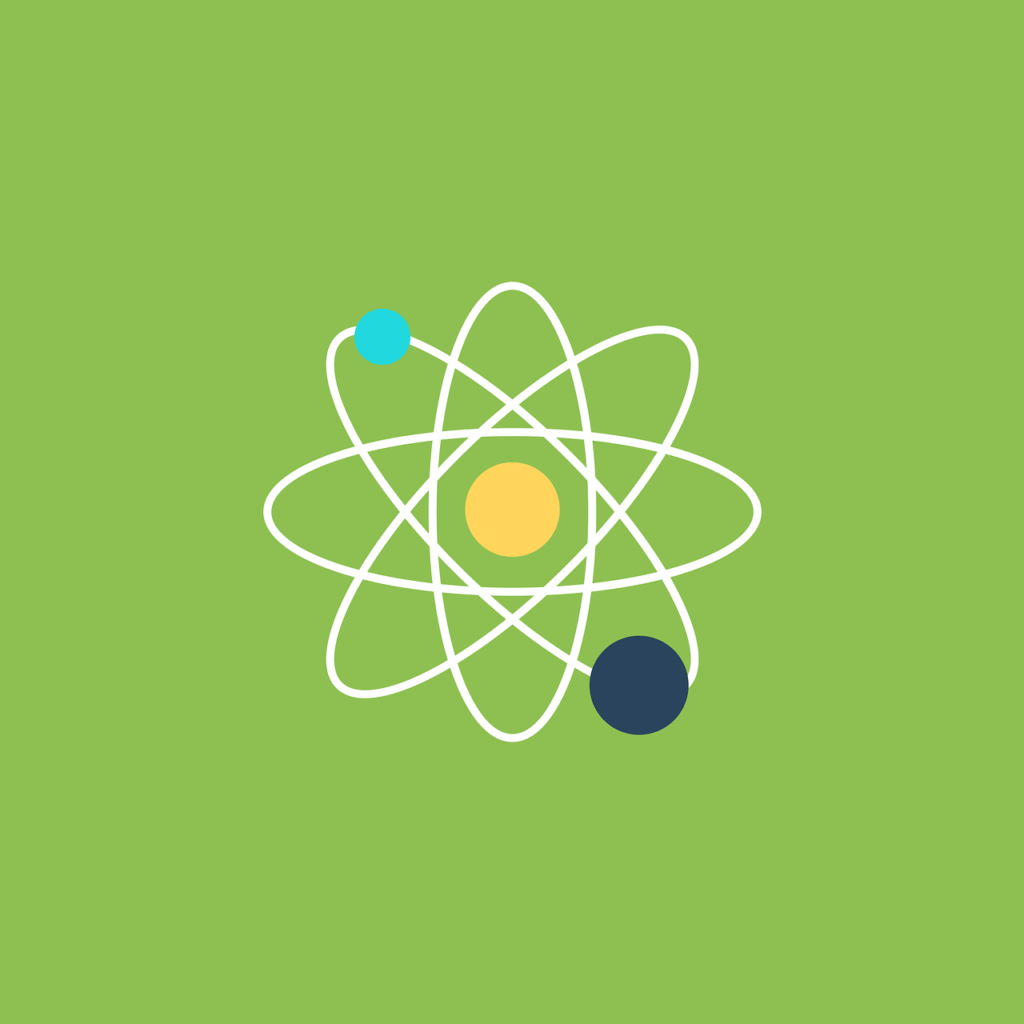In the intriguing world of hydroponics, the chemical composition of a hydroponic system holds the key to the flourishing growth of plants without soil. By carefully manipulating the nutrient solution, this innovative cultivation method offers a unique approach to enhancing plant growth. Dive into the fascinating realm of hydroponics as we explore the essential elements and compounds that make up the chemical composition of a hydroponic system, shedding light on how this revolutionary system nurtures plants to thrive in a soil-less environment.
Hydroponic Systems
Definition and Types
A hydroponic system is a method of growing plants without soil, where the plant’s roots are bathed in a nutrient-rich water solution instead. This allows for more precise control over the plant’s environment and the ability to grow plants in locations where traditional soil-based gardening may not be possible. There are several types of hydroponic systems, each offering unique advantages and disadvantages.
-
Deep Water Culture (DWC): In a DWC system, the plant’s roots are suspended in a nutrient solution with the help of a floating platform or net pot. This method provides constant access to water and oxygen for the roots.
-
Drip System: The drip system delivers nutrient solution to the plant’s roots through a network of tubes and emitters. The solution is dripped onto the growing medium or the base of the plant, allowing for precise control over nutrient application.
-
Nutrient Film Technique (NFT): NFT systems involve a thin film of nutrient solution flowing over the roots. The roots are exposed to both water and oxygen, with excess solution flowing back into the reservoir.
-
Aeroponics: In aeroponic systems, the plant’s roots are suspended in air and misted with a nutrient solution. This method ensures maximum oxygenation to the roots and efficient nutrient absorption.
-
Ebb and Flow (Flood and Drain): Ebb and flow systems involve periodically flooding the plant’s roots with a nutrient solution, then allowing the excess solution to drain away. This allows for a cycle of nutrient uptake and oxygenation for the roots.
Benefits and Drawbacks
Hydroponic systems offer a range of benefits that make them increasingly popular among gardeners and commercial growers alike. Some key advantages include:
-
Enhanced Plant Growth: By providing plants with a precise balance of nutrients, oxygen, and water, hydroponic systems can boost plant growth and yield. This is especially important in areas with poor soil quality or limited access to arable land.
-
Water Efficiency: Hydroponic systems use significantly less water compared to traditional soil-based gardening methods. Water in a hydroponic system is recirculated, reducing water waste and allowing for more sustainable farming practices.
-
Reduced Need for Pesticides and Herbicides: The controlled environment of hydroponic systems helps minimize the risk of pest and weed infestation. As a result, the need for chemical pesticides and herbicides is significantly reduced.
While hydroponic systems offer numerous benefits, they also come with a few drawbacks that should be considered:
-
Initial Investment: Setting up a hydroponic system can require a higher initial investment compared to traditional gardening methods. Equipment such as grow lights, pumps, and timers may be necessary to create an optimal growing environment.
-
Maintenance and Monitoring: Hydroponic systems require regular monitoring and maintenance to ensure the proper nutrient balance and prevent issues like pH fluctuations or nutrient deficiencies. This may require additional time and effort from the grower.
-
Power Outage Risks: In the event of a power outage, hydroponic systems may rely on electricity for key functions such as circulating water, providing artificial lighting, or controlling environmental conditions. It is essential to have backup measures in place to prevent crop loss during such emergencies.
Despite these drawbacks, the benefits of hydroponic systems make them an attractive option for both commercial growers and hobbyists seeking a more efficient and controlled method of cultivating plants.
Nutrient Solutions
Importance of Nutrient Solutions
In hydroponic systems, nutrient solutions play a crucial role in supplying plants with the essential elements needed for healthy growth. These solutions consist of a balanced combination of macronutrients and micronutrients dissolved in water. Providing the correct nutrient composition ensures that plants receive the necessary nourishment to thrive in a soilless environment.
Types of Nutrient Solutions
There are two main types of nutrient solutions used in hydroponic systems: pre-formulated solutions and custom-formulated solutions.
-
Pre-Formulated Solutions: These are commercially available nutrient solutions that come premixed with a balanced blend of macronutrients and micronutrients. These solutions make it easier for beginners to get started with hydroponics, as they provide a standardized nutrient composition for various growth stages of plants.
-
Custom-Formulated Solutions: Custom-formulated nutrient solutions allow growers to tailor the nutrient composition according to the specific requirements of their plants. This method requires a deeper understanding of plant nutrition and the ability to monitor and adjust nutrient levels.
Chemical Composition of Nutrient Solutions
Nutrient solutions contain a combination of macronutrients and micronutrients, each playing a vital role in plant development.

Macronutrients
Nitrogen (N)
Nitrogen is essential for plant growth as it aids in the production of proteins, nucleic acids, and chlorophyll. It plays a crucial role in leaf and stem development, making it particularly important during the vegetative growth stage.
Phosphorus (P)
Phosphorus promotes root development, flowering, and fruiting in plants. It is also crucial for energy transfer and the formation of DNA and RNA. Phosphorus deficiency can result in stunted growth and poor overall plant health.
Potassium (K)
Potassium is involved in many physiological processes within plants, including enzyme activation, osmoregulation, and the transportation of sugars and other carbohydrates. It helps plants withstand drought, diseases, and temperature extremes.
Calcium (Ca)
Calcium is essential for the formation and stability of cell walls in plants, promoting overall structure and strength. It also plays a role in regulating nutrient uptake and the activation of certain enzymes.
Magnesium (Mg)
Magnesium is a central component of chlorophyll, contributing to photosynthesis and overall plant energy production. It is also involved in the activation of many enzymes and the synthesis of nucleic acids.
Sulfur (S)
Sulfur is necessary for the production of certain amino acids, vitamins, and proteins. It contributes to seed production, root growth, and overall plant health.
Micronutrients
Iron (Fe)
Iron is essential for chlorophyll production and the prevention of chlorosis (yellowing of leaves). It is involved in energy transfer and plays a vital role in enzymatic activities.
Manganese (Mn)
Manganese assists in photosynthesis, enzyme activation, and nitrogen metabolism. It also promotes root growth and overall plant vigor.
Boron (B)
Boron is involved in cell division, carbohydrate transport, and calcium uptake. It aids in the synthesis of plant hormones and the development of cell walls.
Zinc (Zn)
Zinc is necessary for enzyme activation, protein synthesis, and auxin production. It is also involved in chlorophyll formation and the regulation of sugar and starch metabolism.
Copper (Cu)
Copper aids in chlorophyll synthesis, enzyme activation, and the production of lignin. It plays a role in seed production, carbohydrate metabolism, and iron utilization.
Molybdenum (Mo)
Molybdenum is important for nitrogen fixation and the conversion of nitrates into amino acids. It is involved in enzyme systems that contribute to plant growth and overall health.
Chlorine (Cl)
Chlorine helps regulate water movement within plants and acts as a counterion for nutrient uptake. It is involved in photosynthesis and plays a role in osmotic potential.
Nickel (Ni)
Nickel is required for the activation of certain enzymes involved in nitrogen metabolism. It is essential for urease activity, which allows plants to convert urea into usable nitrogen.

pH and EC
pH in Hydroponic Systems
Maintaining the proper pH level in a hydroponic system is crucial for nutrient availability and uptake. The pH scale ranges from 0 to 14, with 7 considered neutral. Most plants thrive in a slightly acidic to neutral pH range, typically between 5.5 and 6.5. pH levels outside of this range can lead to nutrient deficiencies or toxicities.
Electrical Conductivity (EC)
Electrical conductivity (EC) is a measure of the nutrient concentration in a hydroponic solution. It indicates the total amount of dissolved salts, primarily ions, in the solution. EC levels are typically expressed in units of millisiemens per centimeter (mS/cm). Monitoring and adjusting EC levels help ensure plants receive optimal nutrient concentrations for healthy growth.
Water Quality
Importance of Water Quality
Water quality is a critical aspect of successful hydroponic systems. Poor water quality can negatively impact nutrient availability and uptake, leading to nutrient imbalances and plant health issues. Therefore, it is vital to understand the factors affecting water quality and take measures to optimize it for hydroponic cultivation.
Factors Affecting Water Quality
Several factors can influence water quality in hydroponic systems:
-
pH: The pH of water should be within the appropriate range for plant nutrient absorption.
-
Contaminants: Water may contain contaminants such as heavy metals, chlorine, or pesticides, which can harm plant growth if present in high concentrations.
-
Hardness: Water hardness refers to the concentration of minerals, primarily calcium and magnesium, present in the water. Excessively hard water can lead to nutrient imbalances and interfere with nutrient uptake.
-
Alkalinity: Alkalinity is a measure of water’s buffering capacity, indicating its ability to resist changes in pH. High alkalinity can affect pH stability in hydroponic systems, requiring more frequent adjustments.
By addressing these factors and ensuring optimal water quality, growers can provide an ideal environment for healthy plant growth in hydroponic systems.

Sources of Nutrients
Organic Nutrient Sources
Organic nutrient sources for hydroponic systems include natural substances derived from plant or animal matter. These sources provide essential macronutrients and micronutrients in a form that allows for slow release and improved plant absorption. Some common examples of organic nutrient sources include:
- Compost
- Manure
- Fish emulsion
- Seaweed extract
- Blood meal
- Bone meal
Using organic nutrient sources can enhance soil fertility, promote soil structure, and contribute to sustainable agriculture practices. However, it is essential to carefully monitor nutrient levels and avoid nutrient imbalances when using organic sources.
Inorganic Nutrient Sources
Inorganic nutrient sources for hydroponic systems consist of mineral salts that dissolve readily in water, providing an easily accessible form of nutrients to plants. Some commonly used inorganic nutrient sources in hydroponics include:
- Calcium nitrate
- Potassium nitrate
- Monopotassium phosphate
- Magnesium sulfate
- Iron chelates
- Zinc sulfate
- Copper sulfate
Inorganic nutrient sources offer precise control over nutrient availability and allow growers to tailor the nutrient composition to specific plant requirements. However, it is crucial to follow proper handling and application methods to prevent nutrient toxicity or deficiencies.
Monitoring and Adjusting Nutrients
Testing Nutrients
Regularly testing nutrient levels in a hydroponic system is crucial for maintaining plant health and preventing nutrient imbalances. Several methods can be used to monitor nutrient levels, including:
-
pH Testing: pH test kits or meters can measure the acidity or alkalinity of the nutrient solution, ensuring it remains within the optimal range for plant nutrient absorption.
-
Electrical Conductivity (EC) Testing: EC meters or conductivity testers provide a measurement of the nutrient concentration in the solution, allowing growers to adjust nutrient levels as needed.
-
Visual Inspections: Monitoring plants for signs of nutrient deficiencies or toxicities, such as leaf discoloration or stunted growth, can provide valuable insights into the nutrient status of the system.
Adjusting Nutrient Levels
Adjusting nutrient levels in a hydroponic system can be done by adding or reducing the concentration of specific nutrients in the nutrient solution. This can be achieved by:
-
Dilution or Concentration: Adding or reducing the amount of nutrient solution in the system to adjust overall nutrient levels while maintaining the desired nutrient ratio.
-
Nutrient Solution Formulation: Custom-formulating the nutrient solution by adjusting the concentration of individual nutrient sources to meet the specific needs of the plants.
-
Foliar Feeding: Applying nutrient solutions directly to the leaves of plants can help supplement nutrient deficiencies and promote faster absorption.
The adjustment of nutrient levels should be done gradually, allowing plants to acclimate to the changes and avoiding sudden shocks to their system.
Common Nutrient Problems
In hydroponic systems, several nutrient-related problems may arise, affecting plant growth and overall health. Some common nutrient problems include:
-
Nutrient Deficiencies: Signs of nutrient deficiencies can include leaf yellowing, stunted growth, or poor fruit development. Identifying the specific nutrient lacking can help address the issue through appropriate adjustments.
-
Nutrient Toxicities: Excessive levels of certain nutrients can lead to toxicities, causing leaf burn, curled leaf edges, or stunted roots. Dilution or adjustment of the nutrient solution is necessary to prevent further damage.
-
pH Imbalances: Fluctuations in pH levels can disrupt nutrient availability and uptake, leading to nutrient imbalances. Regular pH monitoring and adjustment are necessary to maintain a stable nutrient solution.
By closely monitoring nutrient levels, identifying any deficiencies or toxicities, and making appropriate adjustments, growers can ensure optimal nutrient provision for healthy plant growth in hydroponic systems.

Pests and Diseases
Preventing Pests and Diseases
Maintaining a pest- and disease-free environment is crucial in hydroponic systems to protect plants from potential damage. Here are some preventive measures to consider:
-
Sanitation: Regularly clean and sanitize the hydroponic system, including equipment, growing media, and any surfaces that might harbor pests or diseases.
-
Proper Ventilation: Ensure adequate air circulation in the growing area to discourage the growth of fungi and reduce the risk of disease outbreaks.
-
Integrated Pest Management (IPM): Implement IPM strategies such as employing beneficial insects, using physical barriers, and practicing crop rotation to manage pests without resorting to chemical pesticides.
-
Quarantine: Isolate new plants or growing media before introducing them into the hydroponic system to prevent the introduction of pests or diseases.
Treating Pests and Diseases
Despite preventive measures, pests and diseases may still occur in hydroponic systems. When faced with these challenges, prompt and targeted treatment is essential. Here are some methods for treating pests and diseases:
-
Biological Controls: Use beneficial predators or pathogens that specifically target pests or disease-causing organisms, such as predatory mites or Bacillus thuringiensis (Bt).
-
Organic Pesticides: If necessary, use organic-approved pesticides derived from natural sources to control pest infestations. These should be used sparingly and following label instructions.
-
Disease Management: When confronted with diseases, adjust environmental conditions, improve sanitation practices, and consider applying biofungicides or fungicides approved for hydroponic use.
It is important to properly identify the pests or diseases affecting the plants to implement the most effective treatment method and minimize the risk of damage.
Conclusion
Hydroponic systems offer a highly controlled and efficient method of plant cultivation, allowing for optimal nutrient delivery, water conservation, and space utilization. By understanding the chemical composition of nutrient solutions, the role of macronutrients and micronutrients, and the importance of water quality and pH levels, growers can successfully optimize plant growth in hydroponic systems. Regular monitoring of nutrient levels, adjusting nutrient solutions as needed, and implementing preventive measures against pests and diseases are key to ensuring healthy and thriving plants in the soilless environment of hydroponics. With proper care and attention, hydroponic systems can revolutionize the way we cultivate plants and provide a sustainable solution for food production in the future.





